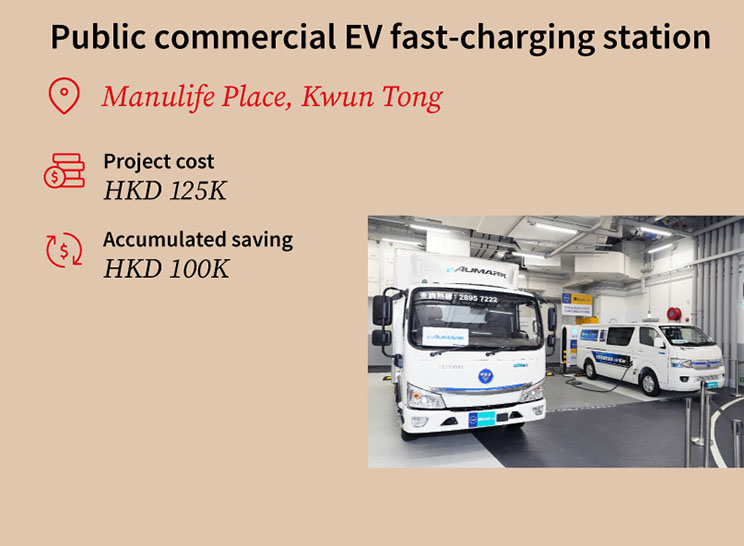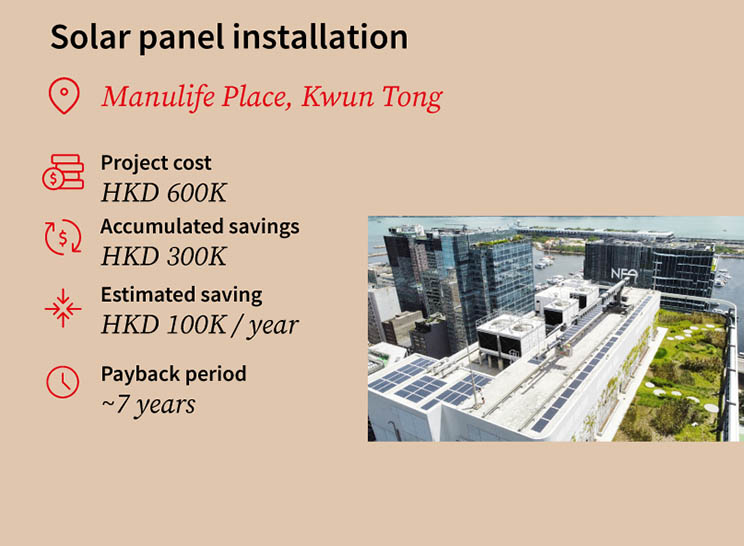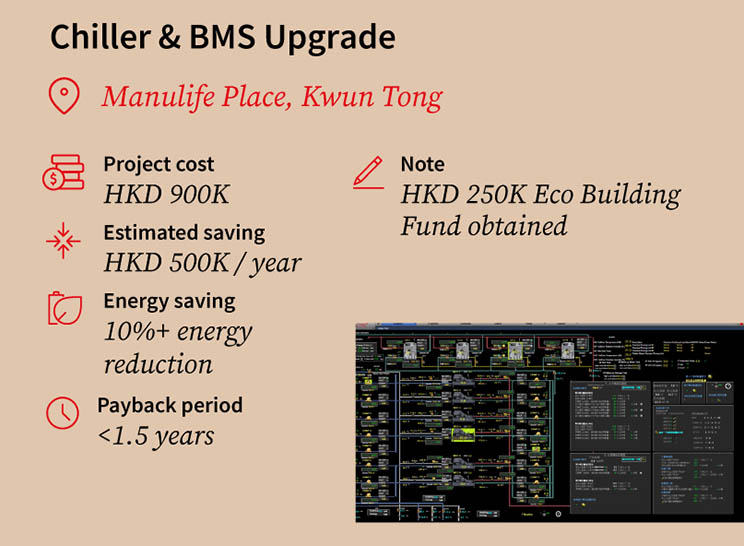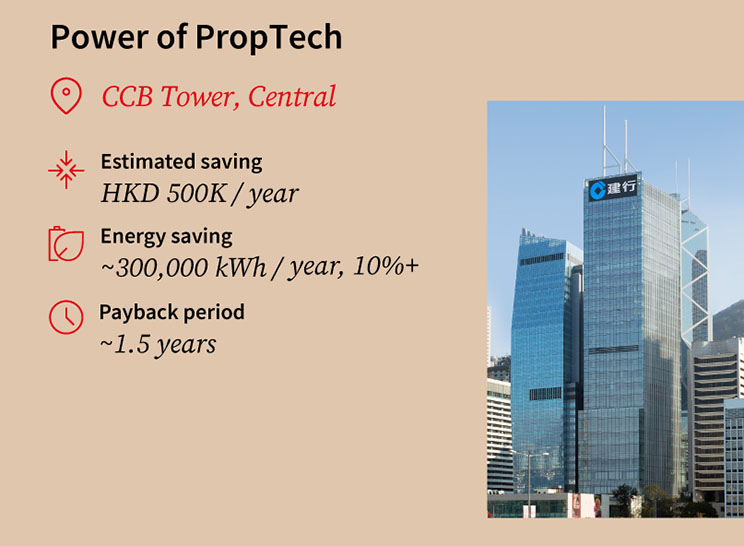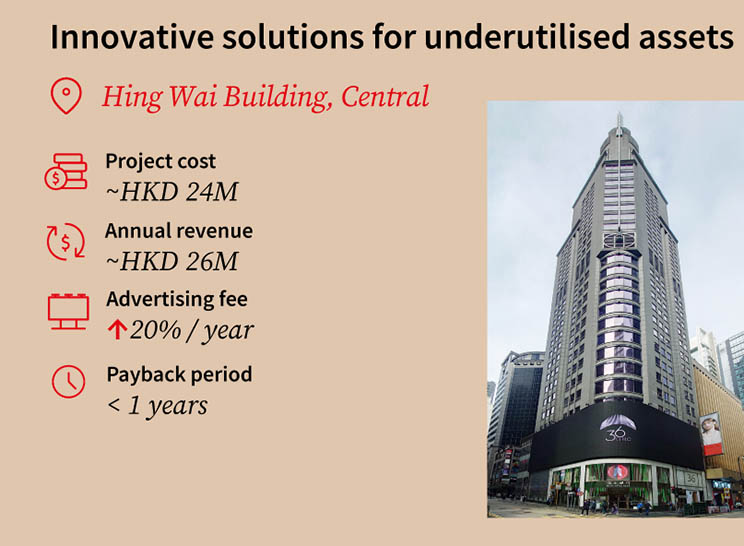Smart Upgrades for Big Impact
Protect the value of your real estate assets
Continue reading the article online or download in PDF format
Key Highlights
- Unchecked older buildings face existential rental declines. A looming oversupply of high-quality office space and the accelerating flight-to-quality trend will render older buildings obsolete without urgent action.
- Rent discounts alone cannot compete in the amenity arms race. Tenants now prioritise modern, ESG-aligned, and well-amenitised spaces on top of rent incentives. Offices are no longer just workplaces but critical tools for talent attraction and employee retention.
- Strategic retrofits to safeguard asset value. Thoughtful interventions can increase tenant satisfaction, drive leasing demand, improve operational efficiency and property performance, and preserve property value.
- Energy efficiency initiatives are easy wins. There are numerous opportunities to enhance cash flow and operational efficiency through cost-effective interventions and light retrofits, providing quick payback and high returns.
- The time to act is now. Strategic investments could reverse underperformance and protect asset value through improved operational efficiency, occupancy, and financial performance, and position assets to capitalise on market upswings and avoid obsolescence.
Flight to quality continues to drive occupancy gap between older and newer office buildings
Overall, Hong Kong's older office buildings are underperforming compared with their newer counterparts in terms of tenant retention and attraction, as evidenced by 2024 absorption data. Buildings aged 0-5 achieved a robust net absorption of over 1 million sq ft, amid the flight to quality trend. In contrast, buildings aged more than 30 recorded a negative absorption of 44,000 sq ft. This stark performance gap persists despite older buildings comprising a larger share of the total stock and typically offering lower rents, highlighting their overall declining competitiveness in today's market.
Long journey to green
The growing emphasis on sustainability in tenant preferences, driven by both corporate responsibility and cost-saving imperatives, has led to increased demand for office spaces meeting high sustainability standards. This shift underscores the advantages of green buildings in attracting tenants and reducing operational costs.
Despite these benefits, Hong Kong's green building landscape significantly lags behind its Asia-Pacific (APAC) counterparts. We anticipate that as more tenants impose stricter green requirements and the economic benefits of sustainability become more evident, more Hong Kong landlords will prioritise green enhancements.
Future of work: Value drivers of office
Drawing from multiple data sources and industry surveys, we have identified four focused areas for targeted improvements to address the future of work requirements.
Rental gap shrinks in downcycle, widens in upcycle for High-end vs Standard office
While the current premium sits at a modest HKD 2.9 per sq ft amid subdued demand, we anticipate a significant expansion in this gap as the market recovers, driven by occupiers prioritising premium spaces to attract talent and enhance operational efficiency.
Tenant-oriented improvement hierarchy
To maximise effectiveness, improvements should align with tenant requirements, prioritising interventions based on their needs. We have organised tenant priorities into a pyramid, which allows property owners to systematically address tenant priorities and allocate resources efficiently. By focusing on high-impact improvements and following a tenant-centric strategy, building owners can take a proactive approach to capital expenditures. This ensures that properties remain efficient, sustainable, and attractive to tenants, effectively future-proofing against obsolescence and changing market demands.
Light vs deep retrofit: Comparative case study analysis of aged asset strategies
For owners of aging Grade A office properties, strategic retrofits offer a crucial opportunity to boost asset performance and maintain long-term value. We have conducted case studies based on a real over- 30-year-old commercial building with 432,000 sq ft Grade A space in Hong Kong, evaluating and comparing two hypothetical intervention approaches: light and deep retrofit, against a base-case scenario representing the minimal routine maintenance required to ensure normal building operation and compliance with current building regulations.
Proven successful cases: How AEIs deliver measurable value
Building on our analysis of market challenges and opportunities, the following case studies demonstrate how strategic AEIs have successfully enhanced asset values in Hong Kong's competitive market. These real cases illustrate the practical implementation and measurable returns of the strategies discussed above.
Strategic path forward: Maximising returns through targeted asset intervention
Property owners and investors should undertake a comprehensive evaluation for their portfolios, considering both current positions and potential enhancement opportunities. This assessment should include examining how well their assets integrate with the surrounding built environment and how factors such as age, layout and other physical characteristics impact their ability to adapt to shifting occupier preferences as well as comply with evolving sustainability and development regulations, both locally and internationally.
Based on this evaluation, they should develop a comprehensive enhancement strategy with phasing options, which includes:
- Implementing high-impact and quick-win improvements to address immediate concerns and capitalise on readily available opportunities
- Planning for longer-term strategic asset interventions that align with market trends and regulatory requirements
- Considering innovative repositioning options where appropriate, especially for assets that may require significant changes to remain competitive
Want to learn more?
Get in touch with our team to find out how we can support your real estate transformation strategy with market insights and strategic advice.
